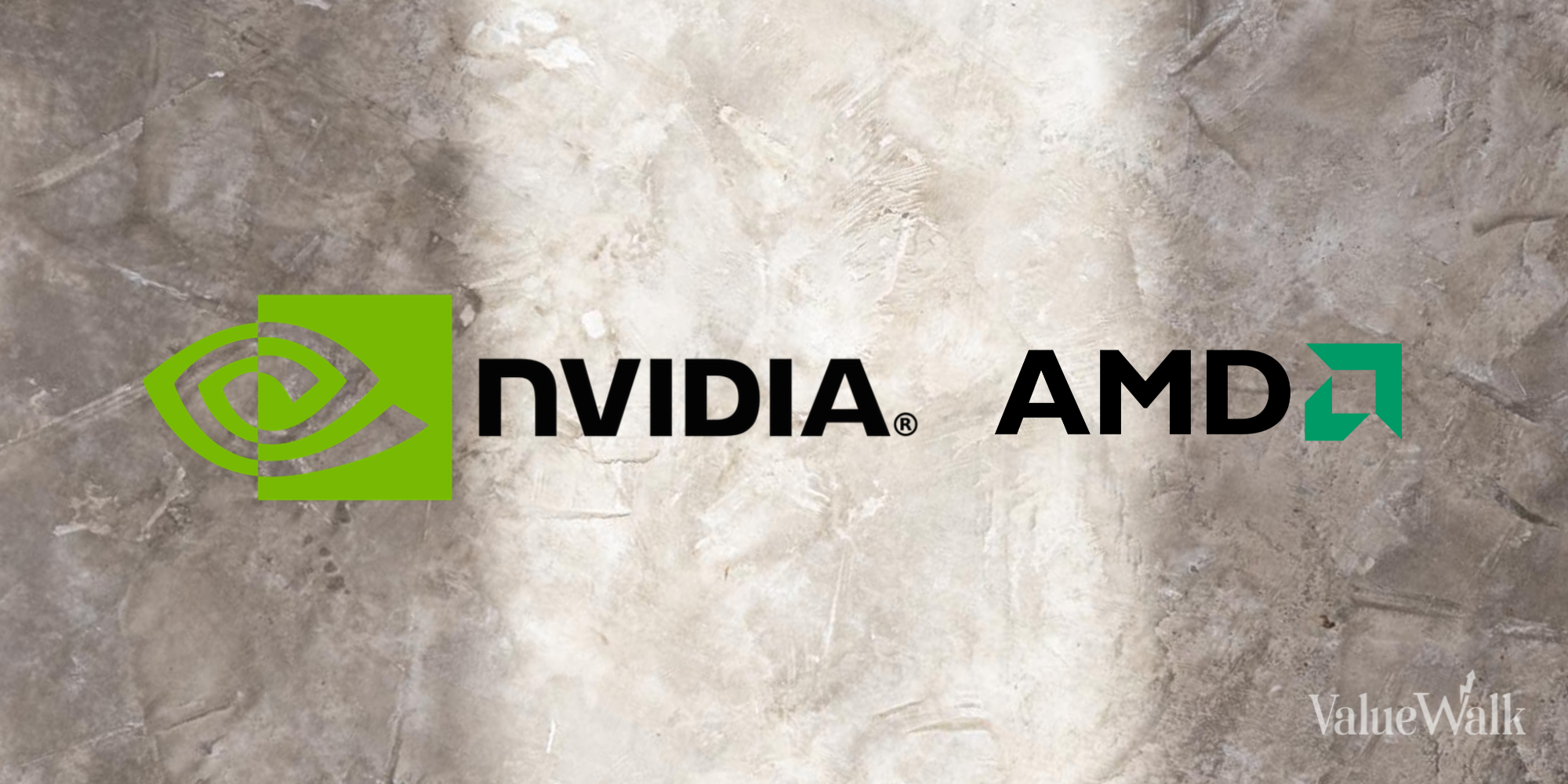NVIDIA and AMD: Is the Optimism Getting Out of Control?

In the financial markets when everyone thinks something will happen, usually something else happens. It’s a contrarian principle that should make value-conscious investors reluctant to buy semiconductor stocks now, especially NVIDIA (NASDAQ:NVDA) and Advanced Micro Devices (NASDAQ:AMD).
Granted, the buyers were right last year as NVDA and AMD stocks rallied sharply despite their elevated valuations. In early 2024, experts on Wall Street continue to praise these two tech titans for their involvement in developing chips to power artificial intelligence (AI) applications.
After a rocky start this year, chipmaker stocks are generally pushing forward, and as you might expect, some familiar names are taking the lead. Sure, letting your winners run is an age-old principle that worked well last year, but putting your chips on NVIDIA and AMD stocks now may be an overly risky bet.
Companies seek AI-driven miracles
Trends come and go, but the AI buzz evidently has staying power, at least among the corporate elite. Indeed, a recently study of chief executives by consultancy firm PwC seems to indicate that today’s CEOs expect AI to deliver miraculous results for their bottom lines.
PwC claimed that 2024 is shaping up to be the year of “business model reinvention,” presumably due to the advent of generative AI technology. CEOs apparently concur with this sentiment as 68% of them, according to the PwC survey, expect generative AI to “significantly change” the way their company “creates, delivers and captures value.”
The bar has already been set quite high, with PwC forecasting that generative AI will boost the U.S.’s gross domestic product (GDP) by around 14.5%. Moreover, 61% of U.S. CEOs anticipate that generative AI will “improve the quality of” their companies’ products or services.
Morgan Stanley (NYSE:MS) analyst Keith Weiss appears to believe that all of this expected AI-driven growth isn’t priced into stocks.
“The potential rewards from large and transformative impacts of GenAI still outweigh the rising investor expectations implied by solid CY23 stock performance,” Weiss asserted. “On the balance, we are just getting started.”
Is Weiss actually suggesting that, after a roughly 127% gain in AMD stock and a 239% rally for NVDA stock last year, the growth is “just getting started”? On the face of it, this may be a tough proposition for value-conscious investors to accept.
Price targets on the rise
With consensus optimism typically comes fulsome praise for popular companies and price-target hikes for their respective stocks. NVIDIA and Advanced Micro Devices are certainly no exceptions, and it’s easy for retail investors to get caught up in the hype.
For example, Barclays (NYSE:BCS) analysts led by Tom O’Malley remain firmly in the bullish camp. They acknowledge NVIDIA’s dominant position in the advanced AI chip market but also expect AMD to gain ground. Consequently, the Barclays analysts raised their price target on AMD stock from $120 all the way up to $200.
Meanwhile, KeyBanc Capital Markets analyst John Vinh hiked his price targets from $170 to $195 for AMD stock and from $650 to $740 for NVIDIA stock. Again, the expectations are high as Vinh (per Barron’s) envisions NVIDIA’s B100 AI chip “to be released during the third quarter with 50% better performance than its predecessor and 40% higher pricing.”
Vinh also has high hopes for AMD’s MI300 AI chip lineup. According to the KeyBanc analyst’s revised estimate, there could “be as much as $8 billion in demand for AMD’s MI300 this year,” versus his “prior estimate range of $3 billion to $4 billion.”
Mind your valuations… and your expectations
Price-to-earnings (P/E) ratios aren’t the be-all, end-all, but they can serve as a rough-and-ready indicator of whether a stock may have gotten ahead of itself. Thus, after reviewing the optimistic views of a couple of prominent analysts, it’s useful to apply an old-school valuation metric to NVIDIA and AMD.
Getting down to brass tacks, NVIDIA has a GAAP-measured, trailing 12-month P/E ratio of around 72, versus the sector median P/E ratio of 27.72. Meanwhile, AMD’s trailing P/E ratio is a mind-boggling 1,238.
I double-checked AMD’s P/E ratio, and that jaw-dropping figure appears to be accurate. This suggests that NVIDIA and AMD do indeed have strong earnings, but their share-price appreciation has been much stronger. In light of this — and despite the notable price-target hikes — it’s not a terrible idea to take profits on these high-flying chipmaker stocks.

Comments are closed.